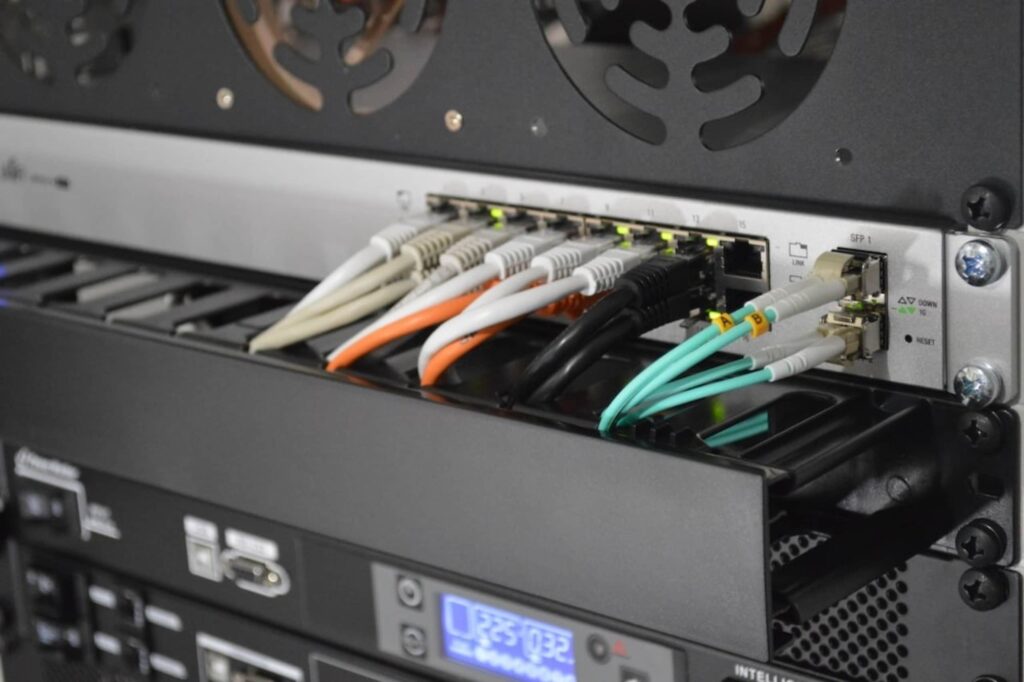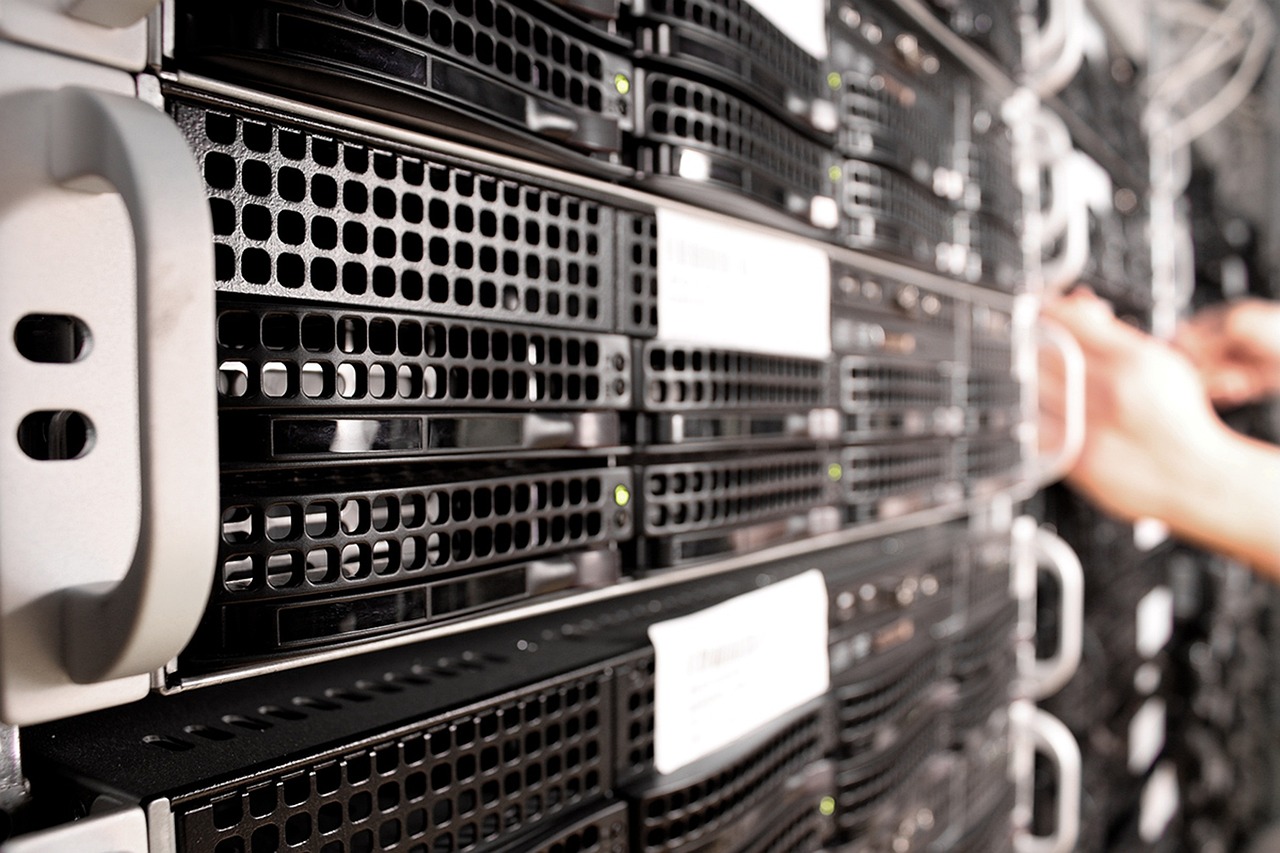The environmental impact of our choices has become increasingly crucial. As consumers and businesses seek ways to reduce their ecological footprint, refurbished hardware has emerged as a compelling and environmentally friendly option. This article explores the environmental benefits of choosing refurbished hardware, delving into how it helps reduce electronic waste, conserve resources, and minimize carbon emissions.
Reducing Electronic Waste
The Growing Problem of E-Waste
Electronic waste, or e-waste, is a rapidly growing problem worldwide. Older devices are often discarded as technology advances, contributing to a mounting crisis. According to the Global E-Waste Monitor, over 50 million metric tons of e-waste are generated annually, which is expected to rise. This surge in e-waste presents a significant environmental challenge, as many electronic devices contain hazardous materials like lead, mercury, and cadmium.
Refurbished Hardware as a Solution
Buy Refurbished equipment plays a crucial role in mitigating the e-waste problem. By extending the life of electronic devices, refurbishment reduces the need for new products and decreases the amount of waste sent to landfills. When a device is refurbished, it undergoes repairs and updates to restore its functionality, making it a viable option for continued use. This process keeps devices out of landfills and lessens the environmental burden of manufacturing new hardware.
Conserving Resources

The Cost of Raw Materials
Producing new electronic devices requires significant raw materials, including metals, plastics, and rare earth elements. Mining and extracting these materials have substantial environmental impacts, including habitat destruction, water pollution, and energy consumption. For instance, the extraction of rare earth elements, essential for many modern electronics, is particularly damaging due to the toxic chemicals used in the process and the substantial energy required.
The Benefits of Refurbishment
Refurbishing hardware conserves resources by reusing existing components. When a device is refurbished, its parts are cleaned, repaired, and replaced as needed. This reduces the demand for new raw materials and decreases the environmental impact of their extraction and processing. Furthermore, refurbishment helps conserve energy, as the production of new devices consumes significant amounts of electricity. By opting for refurbished hardware, consumers and businesses contribute to a reduction in the overall demand for new resources.
Minimizing Carbon Emissions
The Carbon Footprint of Manufacturing
Electronic device manufacturing is a carbon-intensive process. It involves the extraction and processing of raw materials and the assembly and transportation of components. Each stage of this process generates greenhouse gas emissions, contributing to global warming and climate change. For example, the production of a single smartphone can result in the emission of over 70 kilograms of CO2 equivalent.
Refurbishment’s Role in Emission Reduction
Choosing refurbished hardware can significantly reduce carbon emissions. Since refurbishment requires less energy and fewer resources than manufacturing new devices, resulting in a lower carbon footprint. Additionally, by extending the lifespan of existing devices, refurbishment reduces the frequency of manufacturing new products, further cutting down on emissions. Studies have shown that refurbishing electronic devices can reduce their carbon footprint by up to 80% compared to producing new ones.
Supporting a Circular Economy
The Concept of a Circular Economy
The traditional linear economy follows a ‘take, make, dispose’ model, where resources are extracted, used to create products, and discarded at the end of their lifecycle. This approach is unsustainable and contributes to resource depletion and environmental degradation. In contrast, a circular economy aims to create a closed-loop system where products are designed for longevity, reuse, and recycling.
Refurbished Hardware and the Circular Economy
Refurbished hardware aligns with the principles of a circular economy by keeping products in use for longer and reducing waste. When devices are refurbished, they are repaired, upgraded, and resold rather than being discarded. This approach not only maximizes the value of existing resources but also minimizes the environmental impact of new production. Consumers and businesses contribute to a more sustainable and resource-efficient economy by supporting refurbished hardware.
Economic and Social Benefits
Affordability and Accessibility
One significant advantage of refurbished hardware is its affordability. Refurbished devices are typically sold at a fraction of the cost of new ones, making technology more accessible to a broader audience. This benefits individuals and organizations with limited budgets who still need reliable and functional equipment.
Job Creation and Skills Development
The refurbishment industry also has positive economic and social impacts. It creates jobs and opportunities for skills development in areas such as electronics repair, quality control, and customer service. Refurbishment centers often employ skilled technicians who can diagnose and fix issues, contributing to local economies and fostering technical expertise.
Challenges and Considerations
Quality and Reliability
While refurbished hardware offers numerous benefits, it’s essential to consider quality and reliability. Not all refurbishment processes are created equal, and the quality of refurbished devices can vary. Reputable refurbishment companies follow strict standards to ensure their products meet high performance and safety criteria. Consumers should look for warranties and certifications to ensure they purchase from a reliable source.
Environmental Impact of Shipping
Another consideration is the environmental impact of shipping refurbished hardware. Although refurbishing reduces the need for new production, refurbished device transportation still generates emissions. However, given the reduced demand for new manufacturing, the overall environmental impact of shipping refurbished devices is generally lower.
Conclusion
The environmental impact of choosing refurbished hardware is profound and multifaceted. By reducing electronic waste, conserving resources, and minimizing carbon emissions, refurbished hardware offers a sustainable alternative to new products. It supports the principles of a circular economy, making technology more accessible and affordable while contributing to a greener planet. As consumers and businesses increasingly recognize the benefits of refurbishment, making informed choices and supporting practices that align with environmental sustainability is crucial. Embracing refurbished hardware is a tangible step towards a more sustainable and responsible approach to technology use.

